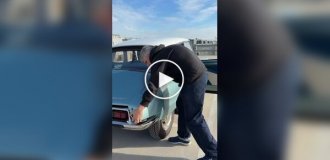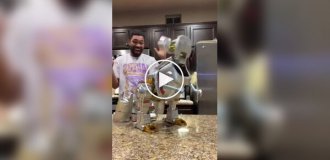Champagne may completely disappear in a quarter of a century (3 photos)
It's all about the special grape varieties that are used to create this sparkling drink. 
Chardonnay, pinot meunier and pinot noir are precisely these grape varieties that, according to scientists, are on the verge of extinction due to changes in average temperatures in the regions where wineries specializing in the production of champagne and sparkling wines are located.
Will Kletter, Vice President of Operations and Strategy at ClimateAi, notes, “Champagne needs warm, sunny days to create richness, as well as cool nights to develop the acidity that gives the drink the distinctive, refreshing taste we value.” 
In the past year, wine production has already fallen to its lowest level since 1961, according to the International Organization of Vine and Wine. In 29 countries responsible for 90% of global production, harvests fell by 10-30%. According to forecasts, the volume of production of the drink by the end of 2023 will be 244 million hectoliters, which is 7% less than the previous year.
By 2050, champagne may completely disappear due to the extinction of grapes. Therefore, it makes sense to buy a couple more bottles for the future, because, as they say, you never know what can happen. 
Chardonnay grapes for champagne production in Ludes, France
One of the questions currently facing the wine industry is whether traditional wine producers are willing to leave their regions and embrace new winemaking processes.
However, this poses a challenge for regions such as Bordeaux and Champagne in France, which are closely tied to their territories. By law, to be considered a true "champagne", the wine must be produced in the Champagne region. That is why in other countries such drinks are called “sparkling wine”.





















